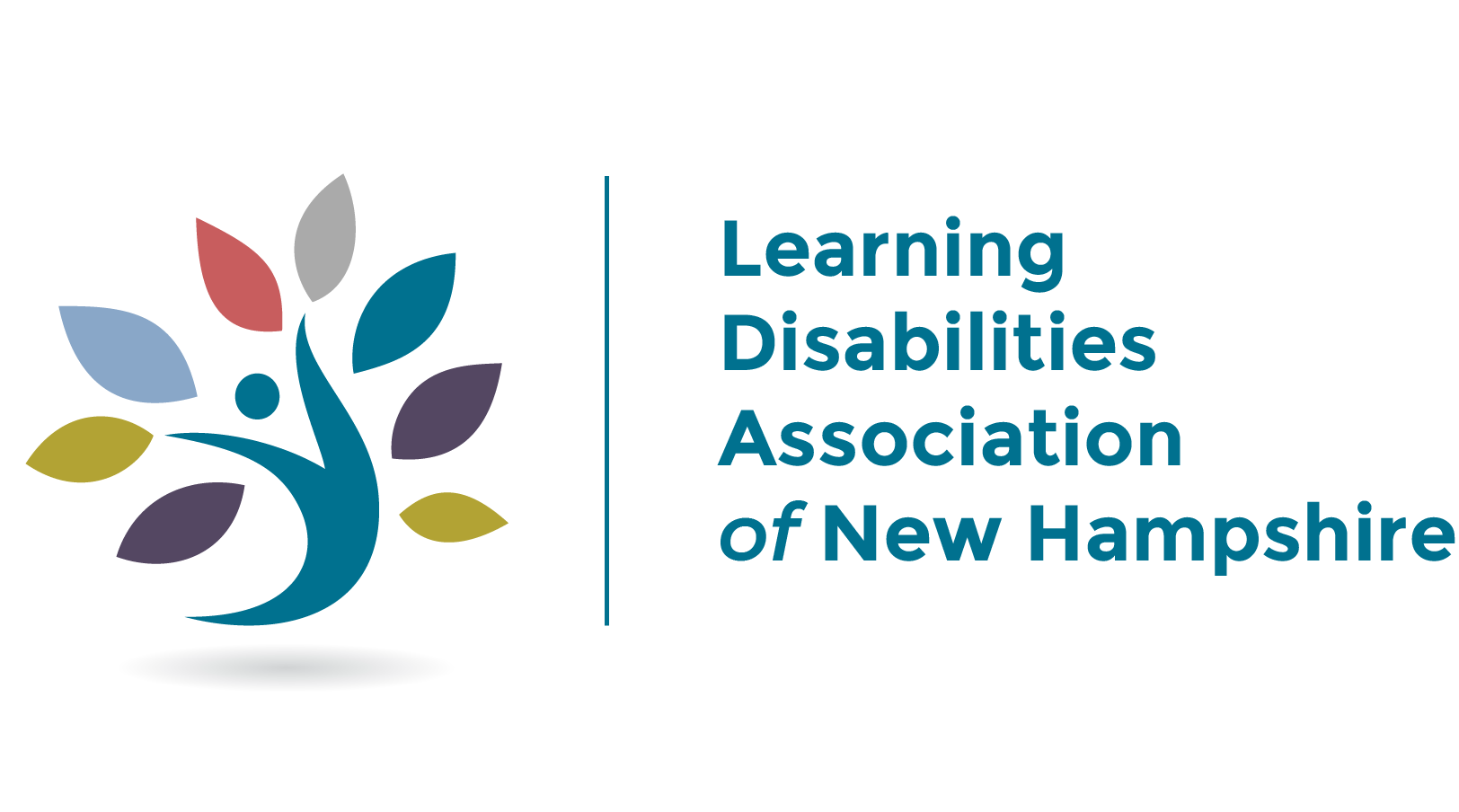By Trish Stansfield, M.Ed.
Students with emotional issues can exhibit challenging and disruptive behaviors in the classroom environment. In an attempt to curb some of these behaviors, educators need to take a positive approach to reach a successful resolution. The use of positive reinforcement in a structured classroom where students clearly understand what is expected of them is absolutely essential. It is also important to embrace student diversity, encourage cooperation, emphasize acceptance and teamwork, and provide quality instruction that allows all students to succeed. Creating an atmosphere that encompasses the inclusion of both academic and nonacademic instruction, teaching students appropriate social skills through modeling and role-rehearsing, and encouraging them to be a part of the rule-making process can increase their self-esteem.
The following is a list of helpful strategies that both general and special educators can use to support students with emotional disabilities:
- Learn as much as possible about students’ emotional disabilities. Read their Individualized Education Plans (IEP’s), research cumulative folders for student history, and review medical and educational assessments.
- Provide a safe, structured, stable learning environment. Students with emotional disabilities need structure. They need to know what to expect during the school day and, whenever possible, be given advance notice on any schedule changes/transitions, etc.
- Classroom rules and clear expectations should be followed consistently. Students with emotional disabilities will not thrive in an environment where the rules change on a daily basis.
- Get to know your students and their parents. Establish a positive relationship, make frequent contact, take the time to listen, and share your knowledge with other teachers who have contact with your students. Parent support is an invaluable resource when it comes to student success.
- Use positive reinforcement utilizing intrinsic and/or extrinsic rewards. Consider instituting a reward system that will support and promote appropriate behavior and then slowly fade as more appropriate behavior becomes secondhand.
- Have patience. Students with emotional disabilities will try to “push your buttons” whenever they can. Remember that what they say is not directed at you personally. Do not lose control or be adversarial because it will escalate behavior.
- Seek help when necessary. Some students with emotional difficulties can be very complicated. Consult the school psychologist, guidance counselor, administrators and others who may be able to help.
- Ask for a more thorough assessment by the school psychologist. A Functional Behavior Assessment (FBA) followed by the development of a Behavior Intervention Plan (BIP) may be needed.
- Be a strong advocate for students. Always question decisions that may be detrimental to their welfare. Remember that your job is to fully support students and not to worry about how you are perceived by others.
- Find alternative ways for students to learn. Offering choices on how they can show what they have learned will minimize or eliminate work refusal. Consider project-based learning.
- Collaborate with others to find solutions. Another educator may have experience with a new strategy that you have not yet considered.
- Show students that you care. Make connections with students and take an interest in their lives. Be available to lend a listening ear whenever necessary.
- Don’t give up. Some students have already experienced great disappointment. They will expect you to give up on them just as others have. Let them know that you will be there for them no matter what.
Professional development/training is necessary in order to effectively implement some of the strategies listed above. Given the appropriate programming, educators can help students with emotional/behavioral disabilities be successful in the classroom environment.

